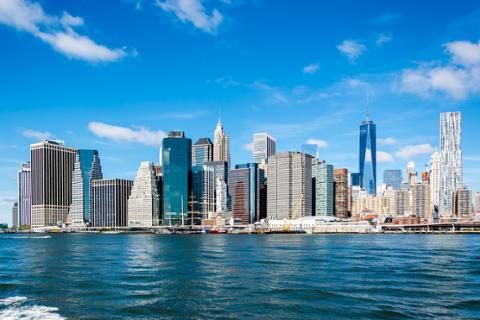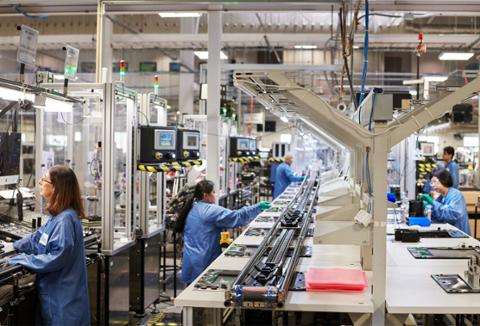For the past few years, pundits and analysts have wondered whether Texas will become the next Silicon Valley. It’s clear that cities such as Dallas and Austin are attracting substantial numbers of tech companies (and investment), but can the state continue that momentum into 2022?
Based on new data from CompTIA, the answer to that question is “yes.” Dallas, Houston, and San Antonio all saw a significant increase in job postings between November and December, with Dallas topping the overall list (and surpassing other up-and-coming tech hubs such as Los Angeles and Atlanta). Here’s the full breakdown, which is based on data from the U.S. Bureau of Labor Statistics (BLS):
Texas ended 2021 with a lot of overall momentum, suggesting its position as a major tech hub is assured. Although Austin has long enjoyed a strong reputation for its tech scene, Dallas and Houston are really coming into their own as places for technologists to live, work, and potentially launch their own startups.
The continued growth of Texas’s tech scene will likely hinge on its ability to attract tech companies large and small. Since 2020, a number of tech giants have erected either a new headquarters or a major facility in the state, including Oracle, Apple, Hewlett-Packard, and Tesla. Although Texas is competing against other states for a bigger slice of the tech industry, it has several advantages, including business-favorable taxes, a pipeline of fresh talent from local colleges and universities, and robust infrastructure for investment and industry networking.
Technologists also seem to like what Texas is doing. In a 2020 study conducted by Blind, which surveys anonymous-but-verified technologists on a variety of issues, some 29 percent of Bay Area technology professionals said that Texas was “the next Silicon Valley” and that they planned to move there, versus the 36 percent who said that “Silicon Valley will always be the tech hub” (and that they’re staying in California). (The survey had 5,641 responses overall.) As Texas attracts more companies, it also pulls in more technologists—a virtuous cycle that ensures a steady influx of tech talent. How long will that cycle continue?



